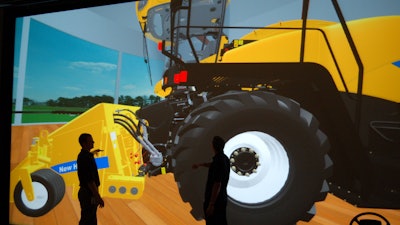
Grid Raster Inc.—a provider of cloud-based AR/VR platforms that power compelling high quality AR/VR experiences on mobile devices for enterprises— announces results of its latest survey that illustrates leading trends in how companies are leveraging AR/VR.
Grid Raster commissioned the online survey and approximately 215 responses were collected during the week of March 30, 2020, from C-level and technology executives of mid-level and enterprise-level organizations.
AR/VR Is A Growing Resource for Organizations
According to the survey results, 56% of those polled said they have implemented some form of AR/VR technology into their organization over the last 12 months, and another 35% said they are considering doing so. More than a quarter (27%) said they have fully deployed an AR/VR solution and are looking to scale further.
“The recent COVID-19 pandemic may push this number further, especially as companies of all sizes look to implement more virtual design into their workflows to minimize human interaction on the production floor,” says Dijam Panigrahi, Co-Founder and COO of Grid Raster. “It is encouraging that these companies are realizing the benefits that AR/VR offers, but scalability offers great challenges in many cases.”
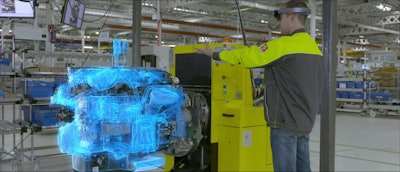 Use of Microsoft HoloLens smartglasses enables workers to see where digitalized engine parts will be integrated.Renault Trucks
Use of Microsoft HoloLens smartglasses enables workers to see where digitalized engine parts will be integrated.Renault Trucks
AR/VR Impact on Productivity
Nearly a third of all companies polled (29%) said they are realizing more than a 25% increase in productivity efficiency. Additionally, more than half (61%) said they are realizing as much as a 20% savings in costs as a result of leveraging AR/VR technologies.
A Breakdown of Where Companies are Leveraging AR/VR:
- 60% - Virtual Supplemental Labor on Production Lines
- 53% - Virtual Customer Service Visits
- 53% - Virtual Design & Engineering
- 26% - Employee Training Programs
Read more: Simulated Reality Brings Real-World Results
Scalability Represents a Significant Challenge
Of those companies that have already implemented an AR/VR solution, 76% said they need the most help in scaling further to handle more projects. Another 71% said questions surrounding scalability is the leading reason why they have yet to launch an AR/VR solution.
This was not surprising to Grid Raster, as the company works closely with clients across manufacturing, automotive, aerospace and defense, and technology to launch and scale AR/VR solutions. The company utilizes a cloud-based approach leveraging mobile technology to help clients overcome size and legacy project limitations from pre-existing virtual environments.
“Manufacturers are overcoming this great challenge by partnering with providers of cloud-based (or remote server based) mixed platforms powered by distributed cloud architecture and 3D vision-based AI,” adds Panigrahi. “These mixed cloud platforms provide the desired performance and scalability to drive innovation in the industry at speed and scale.”





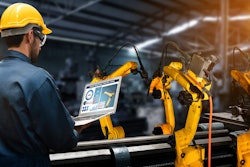
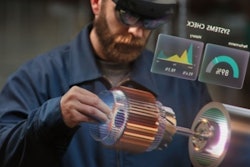
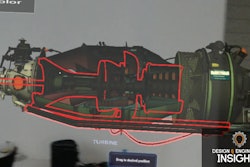








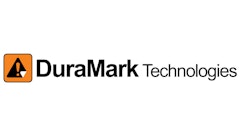
![Hcm Ax Landcros Press Release[32] jpg](https://img.oemoffhighway.com/mindful/acbm/workspaces/default/uploads/2025/11/hcmaxlandcros-press-release32jpg.mAEgsolr89.jpg?ar=16%3A9&auto=format%2Ccompress&fit=crop&h=135&q=70&w=240)